A Page from North Quabbin History: The Shenandoah
|
Published: 01-30-2024 5:01 PM
Modified: 01-30-2024 6:23 PM |
By Carla Charter
It was not a bird, a plane or a UFO that Orange residents spied in the skies on Nov. 20, 1923.
Instead, the Orange Enterprise and Journal on Nov. 23, 1923, reported that the U.S. Navy dirigible, the Shenandoah, which was out on a 13-and ½-hour flight the previous Tuesday over New York, Rhode Island, Connecticut and Massachusetts, including Orange, had arrived back at its moorings in Lakehurst, New Jersey at 8:25 p.m. that same night. The commander of the Shenandoah in 1923 was Cmndr. Frank McCrary.
“The Shenandoah is the world’s greatest dirigible aircraft and succeeded in making a most satisfactory flight after many postponements due to weather conditions. Thousands watched the big aerial ship as it gracefully proceeded on its way. To unaccustomed eyes it was difficult to estimate the size, the height or the speed of the cigar-shaped craft as she passed over. In time we may gain the standards of familiarity. Although seeming to be going slow over Orange it was traveling approximately 60 miles an hour,” the paper stated.
The airship’s 1923 voyage was a public relations flight, according to Carl Jablonski, president of the Navy Lakehurst Historical Society. The dirigibles, along with being used in public relations, also served a role in the military scouting and protecting the fleet, although they never carried weapons.
The Shenandoah, also known as ZR-1, was the first American-built rigid airship and the only dirigible built and housed at Naval Station Lakehurst, as it was known at the time. The other three airships in the fleet included the Akron, the Macon and the Los Angeles. Airships were not unique to the Navy. The U.S. Army in the 1920s and 1930s also had several airships, Jablonski said.
The Shenandoah, according to Jablonski, took hundreds of people to build, working from 1922 to 1923. There was a special line from the main train line of the central railroad of New Jersey in Lakehurst into Hangar 1, which would deliver materials to build the airship, he continued. The airship was christened in a ceremony at the station on Sept. 24, 1923 by Mrs. Edwin Denby, wife of the Secretary of the Navy, Commander Edwin Denby, who was also in attendance at the event.
The Shenandoah, the Enterprise and Journal stated, was 680 feet long and 79 feet high with 20 gas cells with a total capacity of 2,115,000 cubic feet of gas and a gross lifting power, with helium, a noninflammable gas, of 120,000 pounds.
Article continues after...
Yesterday's Most Read Articles
 Work on Pinedale Avenue Bridge connecting Athol and Orange to resume
Work on Pinedale Avenue Bridge connecting Athol and Orange to resume
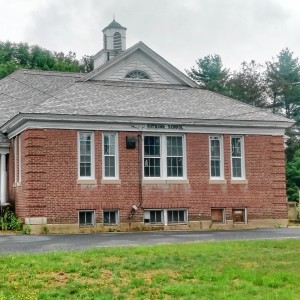 $700K debt exclusion would fund repairs to Raymond Hall
$700K debt exclusion would fund repairs to Raymond Hall
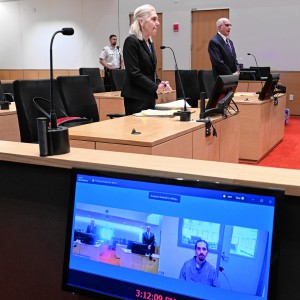 Lawyer argues Joshua Hart’s 2018 conviction for Orange murder had inconsistent verdicts
Lawyer argues Joshua Hart’s 2018 conviction for Orange murder had inconsistent verdicts
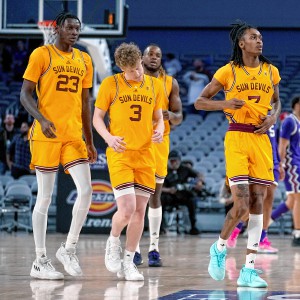 UMass basketball: Minutemen nab another transfer in Arizona State forward Akil Watson
UMass basketball: Minutemen nab another transfer in Arizona State forward Akil Watson
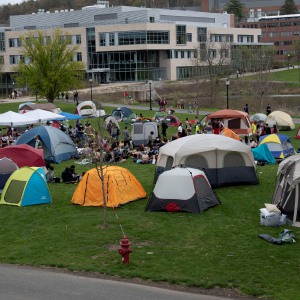 More than 130 arrested at pro-Palestinian protest at UMass
More than 130 arrested at pro-Palestinian protest at UMass
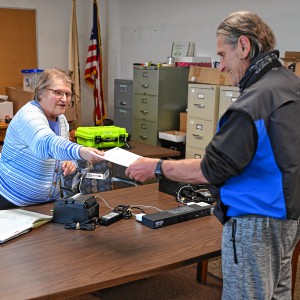 Erving voters say ‘no’ to $3.7M debt exclusion
Erving voters say ‘no’ to $3.7M debt exclusion
“The cruising range of the dirigible,” the paper continued “is 4,000 miles. Its six 300-horsepower engines can drive it at a maximum speed of 75 miles per hour or 65 miles an hour cruising speed and has a crew of 30 men,” the paper continued.
“It was not difficult to fly and flew about 1500 to 2000 feet high,” Jablonski stated.
The Enterprise and Journal also described the size of the hangar housing the ZR-1 as “so large that the U.S. Capitol could be placed entirely inside with the exception of 80 feet of the dome which would project above the roof.”
The Shenandoah crashed in Ava, Ohio, on Sept. 3, 1925, in a squall with 14 dead and 29 survivors. The Akron crashed in the Atlantic during a storm while testing radios, with 73 dead and three survivors. The Macon crashed in 1935, at Point Sur California, due to a tail fin failure, with two dead and 64 survivors. The Los Angeles was decommissioned in 1932. It was then kept in a hangar at Lakehurst and pulled out for static (ground training). By 1939 the Los Angeles had been dismantled. More information on the airships and the Naval Station Lakehurst can be found at the Navy Lakehurst Historical Society website www.nlhs.com.
Carla Charter is a freelance writer from Phillipston. Her writing focuses on the history of the North Quabbin area. Contact her at cjfreelancewriter@earthlink.net.


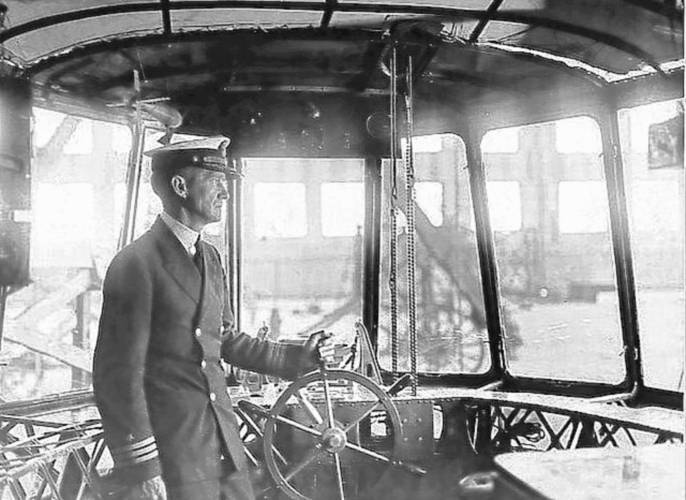
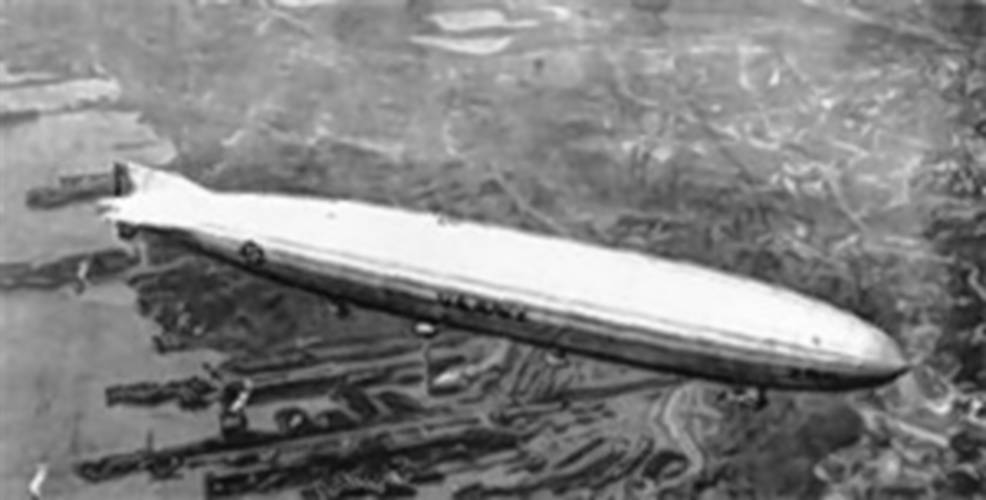
 Sportsman’s Corner: The quest for the Super Slam
Sportsman’s Corner: The quest for the Super Slam Annual ‘Food-A-Thon’ returns
Annual ‘Food-A-Thon’ returns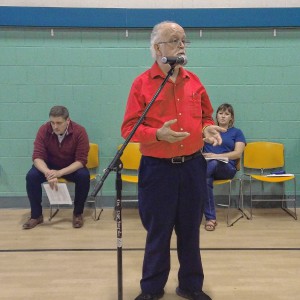 Erving Town Meeting voters back Care Drive housing project
Erving Town Meeting voters back Care Drive housing project North Quabbin Notes, May 9
North Quabbin Notes, May 9